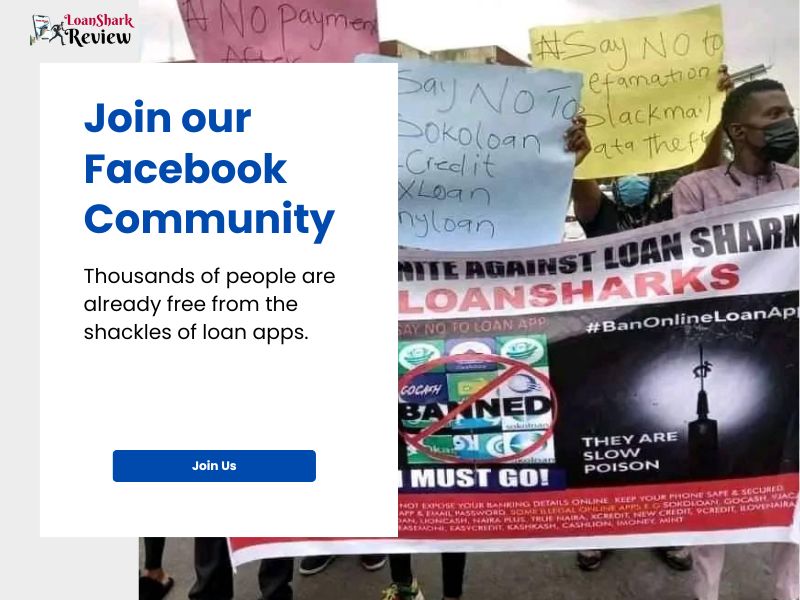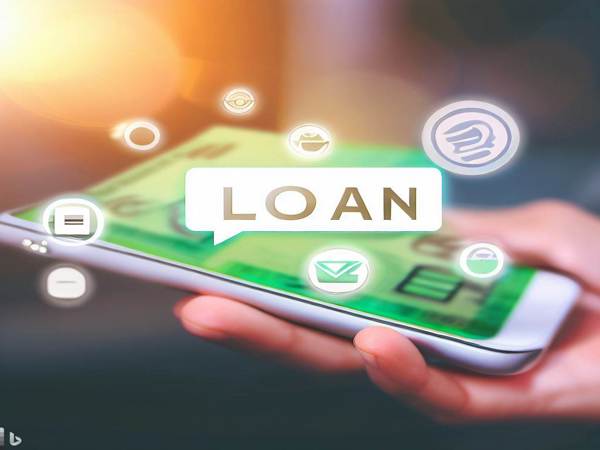As Oluwaseyi Akinwande, a cybersecurity expert in Lagos, I've witnessed the rapid evolution of mobile banking in Nigeria. Our nation has embraced digital financial services enthusiastically, but this shift has brought new security challenges. Today, I'll share my experiences and offer a guide on ensuring your mobile banking is secure, emphasizing the importance of financial literacy in our digital age.
My passion for mobile banking security began when my aunt fell victim to a phishing scam. This personal experience drove me to specialize in fintech security and educate Nigerians about safe mobile banking practices.
Step 1: Choose a Secure Mobile Banking App
Start by selecting the right app. Look for:
- Apps from reputable, licensed Nigerian banks
- Regular updates and security patches
- Strong encryption methods
- Multi-factor authentication options
When I helped my friend Chidi choose an app, we opted for one offering biometric authentication alongside PIN and password options.
Step 2: Secure Your Mobile Device
Your banking security is only as strong as your device security. I recommend:
- Using a strong, unique PIN or password
- Enabling biometric authentication if available
- Keeping your device's OS and apps updated
- Installing a reputable antivirus app
I always say, "Your phone is now your wallet. Protect it as such."
Step 3: Use Strong, Unique Passwords
Create strong, unique passwords for your banking app:
- Use a mix of upper and lowercase letters, numbers, and symbols
- Make it at least 12 characters long
- Avoid easily guessable information
- Use a different password for each financial app
I helped my sister create a password system using a base phrase customized for each app.
Step 4: Enable Multi-Factor Authentication
Multi-factor authentication (MFA) adds an extra security layer. It typically involves:
- Something you know (password)
- Something you have (your phone for OTP)
- Something you are (biometrics)
I always enable MFA and encourage others to do the same.
Step 5: Be Wary of Public Wi-Fi
Public Wi-Fi isn't always secure. I advise:
- Avoiding mobile banking on public Wi-Fi
- Using a VPN if you must
- Considering mobile data for banking transactions
At a cybersecurity seminar, I demonstrated how easily data could be intercepted on unsecured Wi-Fi, shocking many attendees.
Step 6: Watch Out for Phishing Attempts
To protect against phishing:
- Be skeptical of unsolicited emails or SMS about your account
- Never click on links in emails claiming to be from your bank
- Always type your bank's URL directly into your browser
- Verify suspicious communication by calling your bank's official number
I regularly conduct phishing awareness training, teaching how to spot and report suspicious emails.
Step 7: Monitor Your Accounts Regularly
Regular monitoring helps catch unauthorized transactions early:
- Check your account daily
- Set up transaction alerts
- Review statements monthly
- Report suspicious activity immediately
When setting up mobile banking for my uncle, we enabled SMS alerts for all transactions, allowing him to catch and report a fraudulent transaction quickly.
Step 8: Keep Your Banking App Updated
Banks release updates to patch security vulnerabilities:
- Enable automatic updates for your banking app
- Check for updates manually if auto-update isn't available
- Read update notes to understand new security features
I make it a habit to check for app updates weekly, especially for financial apps.
Step 9: Be Cautious with Banking Details
Protect your banking information:
- Never share your PIN or password
- Be cautious when entering details in public
- Cover the keypad when entering your PIN at ATMs
- Don't store banking passwords on your phone
I advise using a password manager app to securely store and manage complex passwords.
Step 10: Educate Yourself and Stay Informed
Financial literacy in the digital age includes understanding mobile banking security:
- Attend cybersecurity workshops
- Follow your bank's official social media for updates
- Read reputable tech blogs for the latest in mobile security
- Discuss security practices with friends and family
I run a monthly "Digital Banking Safety" webinar, helping hundreds of Nigerians improve their mobile banking security.
Conclusion
Securing your mobile banking in Nigeria requires vigilance, education, and the right tools. By following these steps and prioritizing your digital financial literacy, you can enjoy mobile banking's convenience while minimizing risks.
Remember, cybersecurity is about forming good habits and staying informed. As we embrace digital financial services in Nigeria, let's do so safely and responsibly.
Your financial security is in your hands. Stay safe, stay informed, and enjoy secure mobile banking!


.jpg)





.webp)






(0) Comment(s)
Write a comment